Imagine a supermarket aisle filled with produce that looks like it escaped a Dr. Seuss illustration. Lumpy, bumpy, hairy, and spiky – these are just a few words to describe the oddest-looking fruits and vegetables that Mother Nature has to offer. While some might leave you scratching your head, others might surprise you with their hidden deliciousness. So, buckle up, plant explorers, because we’re about to embark on a journey to discover the most bizarre fruits and vegetables from across the globe!
1. The Durian (Southeast Asia)

Imagine a fruit the size of a bowling ball, covered in sharp thorns and emitting a pungent odor that some compared to rotten onions and gym socks. That, my friends, is the durian. Despite its olfactory assault, the durian is revered in Southeast Asia for its creamy, custard-like flesh with a complex flavor profile. Just be sure to check local customs before taking a whiff – some public places even have “no durian” policies!
2. Rambutan (Southeast Asia)

This spiky red fruit might look like a miniature sea urchin, but beneath its hairy exterior lies a juicy, translucent flesh with a mildly sweet flavor. The name “rambutan” translates to “hairy” in Malay, so what you see is definitely what you get! This quirky fruit is a popular source of vitamin C and antioxidants in Southeast Asia.
3. Kiwano (Africa)
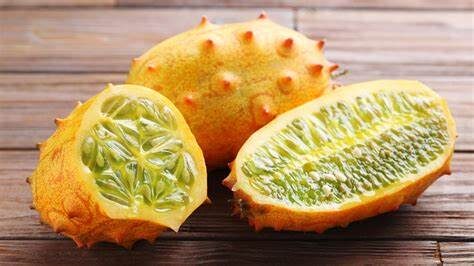
Also known as the horned melon, the kiwano looks like a spiky, lime-green traffic cone. Cut it open, and you’ll find a jelly-like, lime-colored flesh with a taste that’s been described as a combination of banana, kiwi, and passion fruit. This unique fruit is native to Africa and is gaining popularity for its refreshing taste and high vitamin C content.
4. Citron (India)
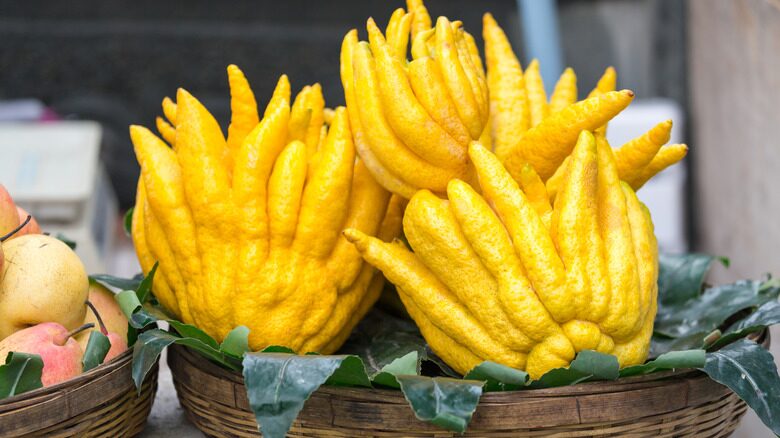
This knobby citrus fruit looks eerily similar to a human hand with segmented fingers. While the thick rind is not typically eaten, the fragrant zest is prized in Asian cuisine. The flesh itself is quite bland and can be used in marmalades or preserved. The citron is believed to bring good luck and prosperity in some cultures.
5. Romanesco Broccoli (Italy)
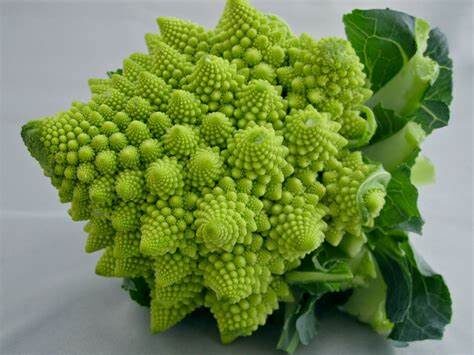
This visually stunning vegetable resembles a giant, lime-green cauliflower gone fractal. Romanesco broccoli is a hybrid of broccoli and cauliflower, boasting a beautiful self-similar spiral pattern. Don’t be fooled by its looks, though – it tastes remarkably similar to broccoli, with a slightly nuttier flavor.
6. Mangosteen (Southeast Asia)
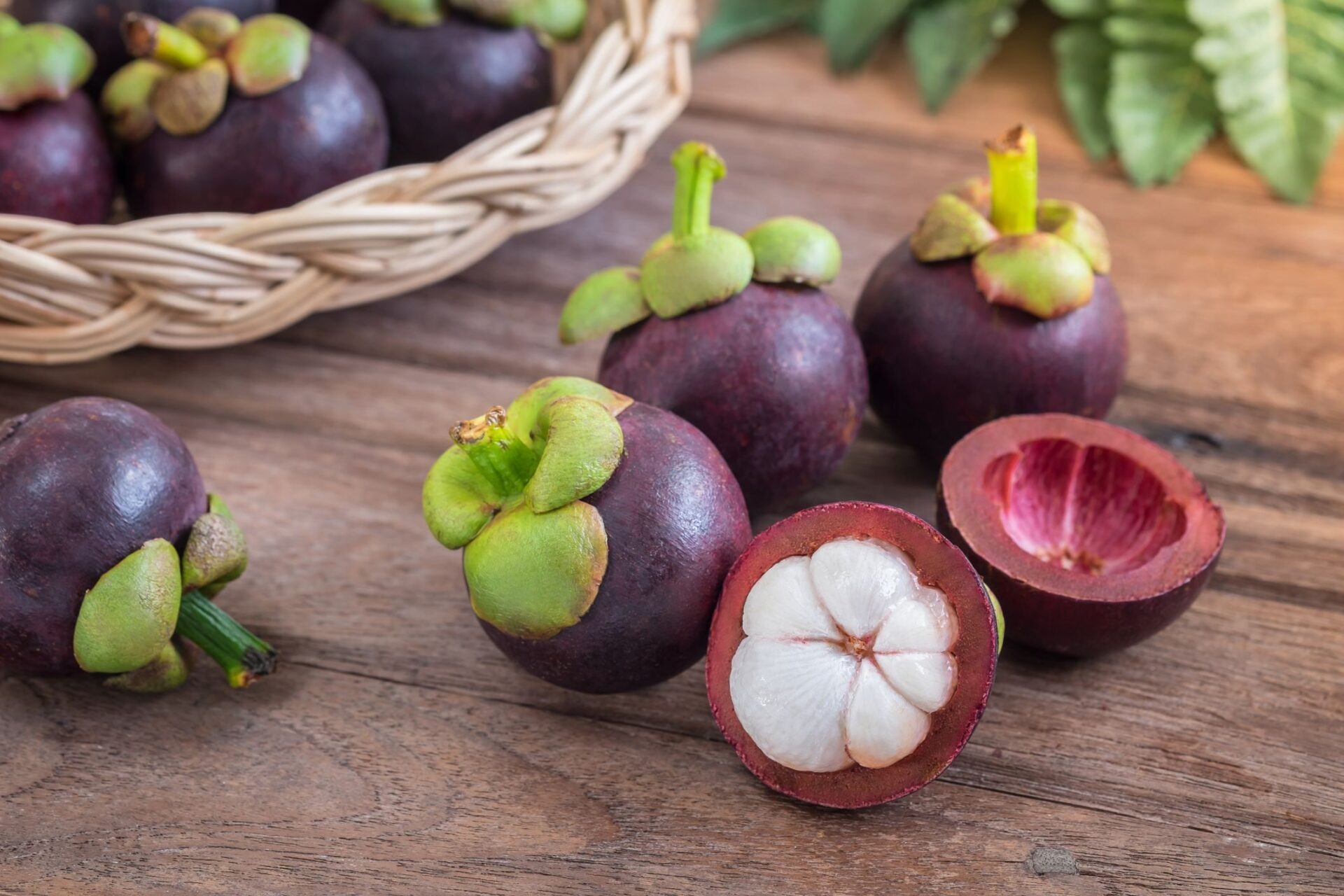
This deep purple fruit with a thick, leathery rind looks like a maroon globe cradling a white pearl inside. The pearl, in this case, is the juicy, tangy-sweet flesh of the mangosteen, often lauded for its refreshing taste and potential health benefits. Just be careful not to stain your fingers with the purple rind!
7. Snake Fruit (Southeast Asia)
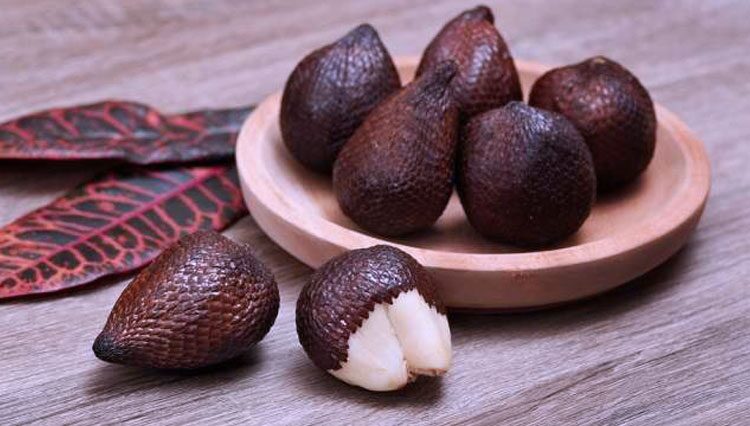
Don’t let the name or scaly brown skin fool you – snake fruit is a delicious and refreshing treat! Once peeled, you’ll find a white, segmented flesh with a sweet and tangy flavor, somewhat reminiscent of mangosteen. This peculiar fruit is a good source of vitamin C and fiber.
8. The Ugli Fruit (Jamaica)
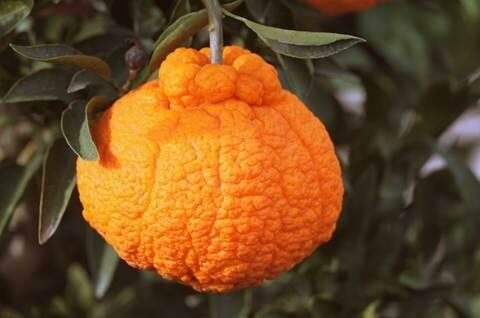
This aptly named citrus fruit is a bumpy, knobby hybrid of a tangerine, grapefruit, and Jamaican orange. While its appearance might not win any beauty contests, the Ugli fruit boasts a surprisingly juicy and sweet flesh with a tangy kick.
9. Ackee (West Africa)
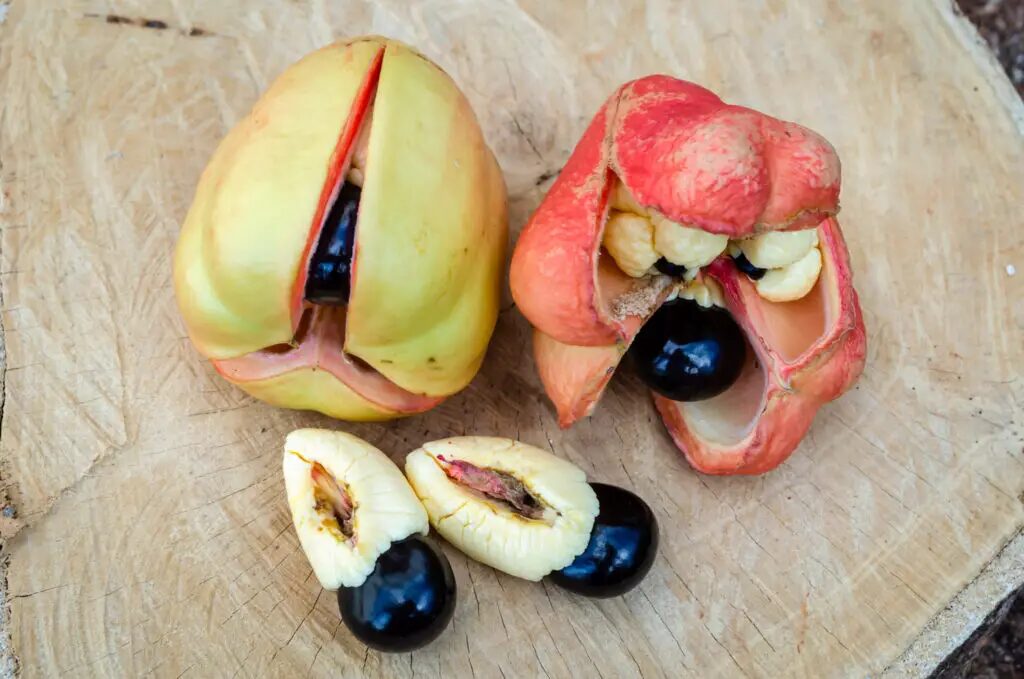
The ackee fruit looks like a bright red heart with a single black seed at its core. However, this quirky fruit requires careful preparation – the unripe ackee can be toxic. When ripe, the ackee’s fleshy aril is boiled and seasoned, often served scrambled or fried like eggs. It’s a popular breakfast dish in Jamaica and other parts of West Africa.
10. Durian Dalagang (Philippines)
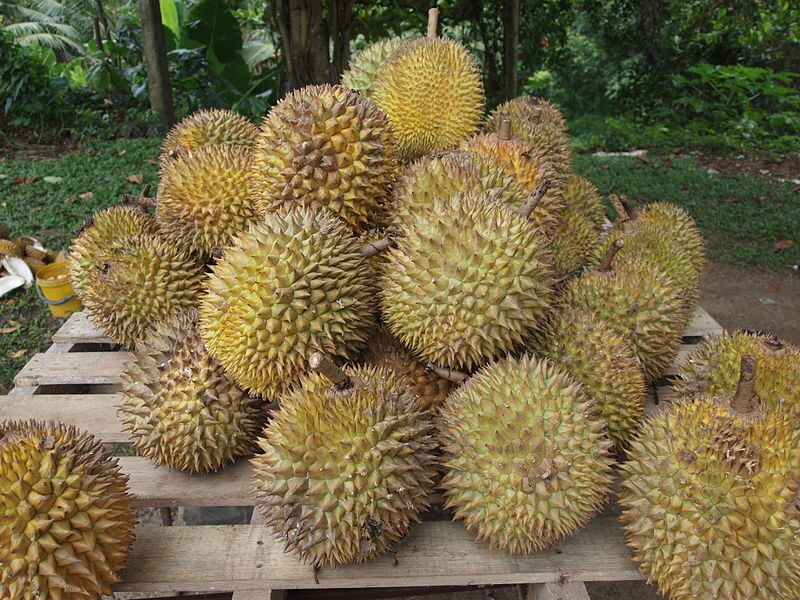
Not to be confused with its infamous cousin, the durian dalagang is a spiky, reddish-brown fruit native to the Philippines. Covered in sharp, needle-like thorns, it takes some courage to crack open. Inside, you’ll find a creamy, white flesh with a sweet and slightly acidic flavor. Be warned, though – the seeds are quite large and inedible.
11. Yacón (South America)
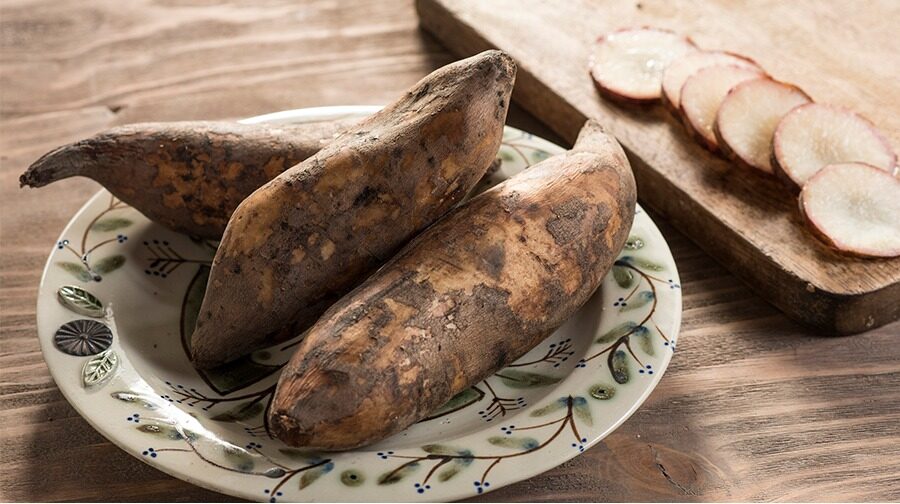
At first glance, you might mistake yacón for a giant, dark purple sweet potato. However, this unique root vegetable is actually used for its sweetness, not its starch. The inside of the yacón is crisp and juicy, with a slightly sweet flavor that some compared to a watery watermelon. It’s often eaten raw or used as a natural sweetener in South America.
12. Finger Limes (Australia)
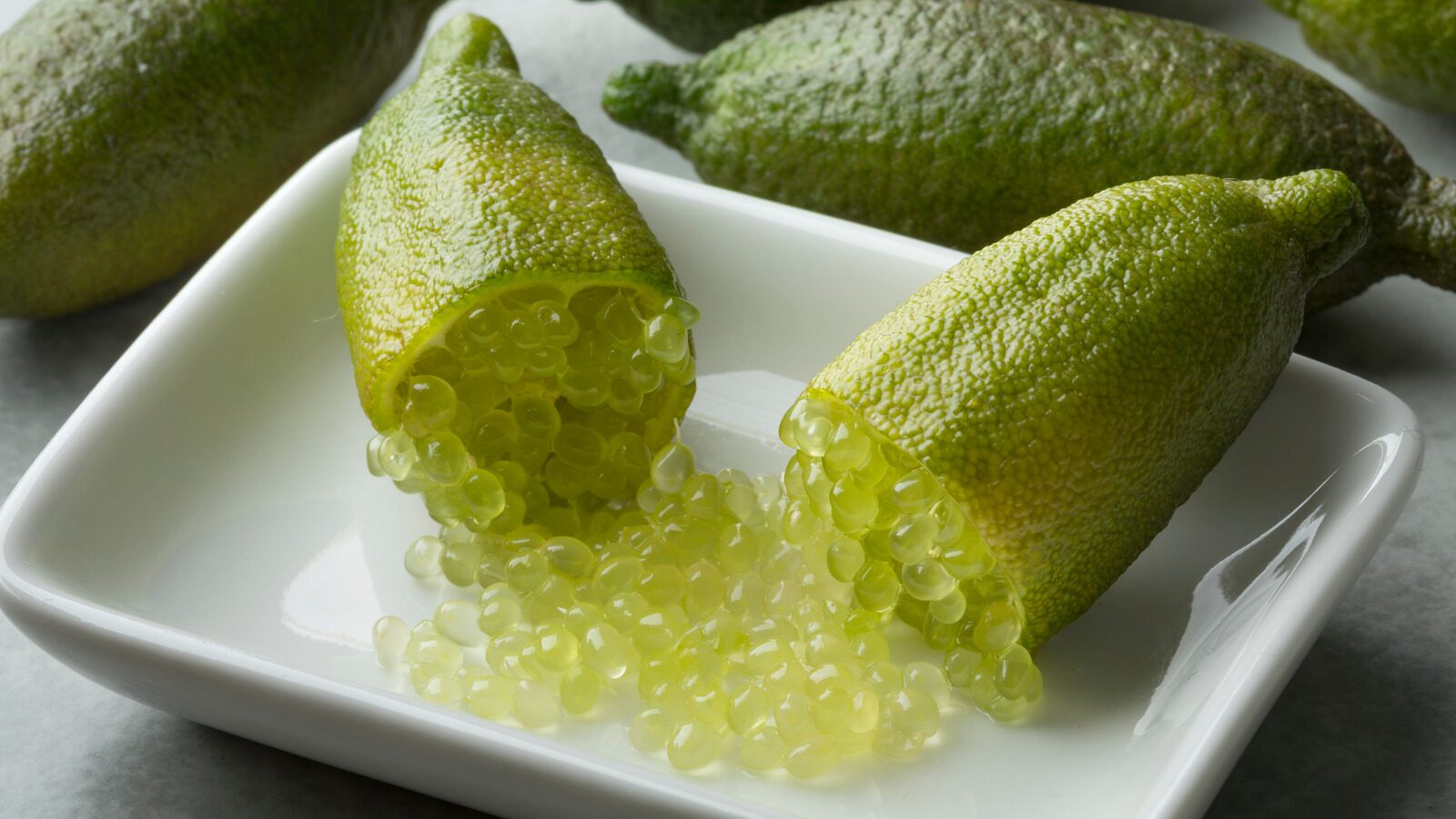
These peculiar citrus fruits resemble miniature, bumpy green fingers. While the skin isn’t typically eaten, the magic lies within. Inside each finger lime are tiny, caviar-like pearls of incredibly tart and juicy citrus flavor. Finger limes are becoming increasingly popular as a garnish for seafood dishes and cocktails.
Conclusion
Mother Nature has a way of surprising us with her creations. The fruits and vegetables we’ve explored might not fit the conventional mold of beauty, but they offer a fascinating glimpse into the diversity of the plant world. Remember, sometimes the most bizarre-looking produce can surprise you with delicious flavors and unique nutritional benefits. So, next time you’re at the grocery store, be open to trying something new! You might just discover your next favorite oddity.
You May Also Like….
- Calorie Countdown: 10 Superfoods Under 50 Calories
- Don’t Get Salmonella Surprise: 10 Foods You Should Never Eat Raw
- Tummy Trouble? Navigating the Best and Worst Foods for Stomach Upsets
FAQs
Q1: Are these odd-looking fruits and vegetables actually safe to eat?
Most of the fruits and vegetables mentioned in this article are safe to eat when prepared properly. However, some, like the ackee, require specific preparation methods to avoid toxicity. It’s always best to research a particular fruit or vegetable before consuming it, especially if you’re unfamiliar with it.
Q2: Where can I find these unusual fruits and vegetables?
The availability of these unique produce items depends on your location. Some, like kiwano and mangosteen, might be found in specialty grocery stores or Asian markets. Others, like finger limes, might require online ordering.
Q3: Do I need to cook these odd-looking fruits and vegetables?
Some of these fruits can be enjoyed raw, like rambutan and snake fruit. Others, like ackee and yacón, require cooking or specific preparation methods before consumption. Always research the best way to prepare a particular fruit or vegetable before diving in.
Q4: What are some tips for trying new fruits and vegetables?
If you’re curious about these odd-looking produce items, here are some tips:
- Start with something that looks slightly unusual, but not entirely bizarre.
- Do your research! Learn about the flavor profile and best way to prepare the fruit or vegetable.
- Look for recipes online or in cookbooks that feature these unique ingredients.
- Visit a specialty market or ethnic grocery store – they might have a wider selection of unusual produce.
Q5: Do I have to eat the whole thing?
Not at all! If you’re unsure about a particular fruit or vegetable, start by trying a small amount. You can always share it with a friend or family member who might be more adventurous!

